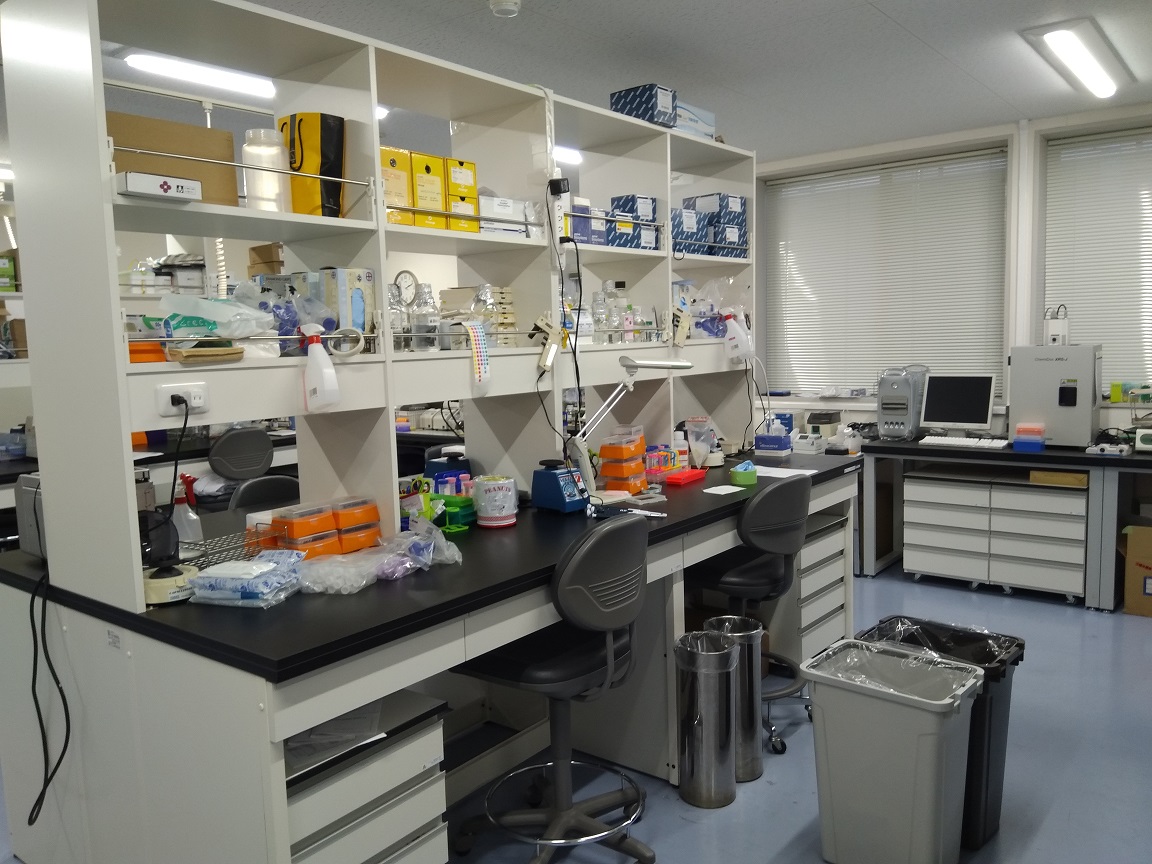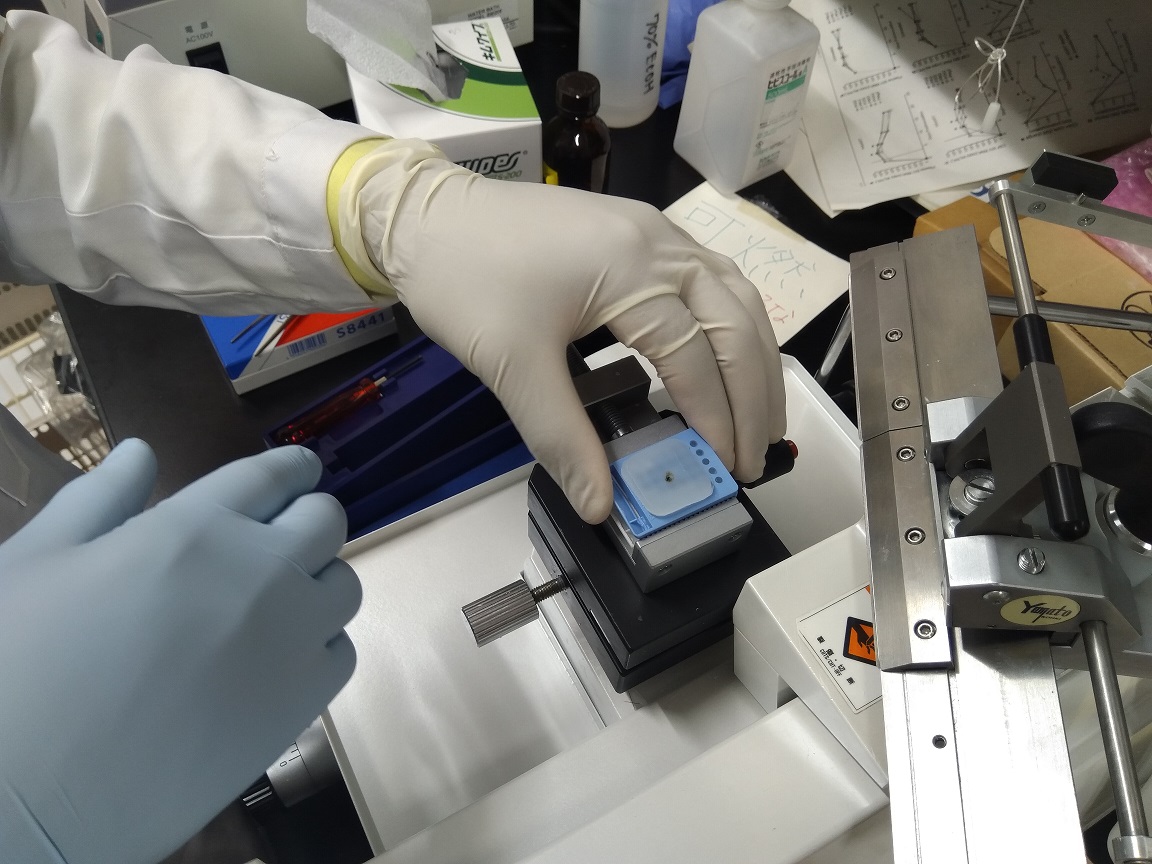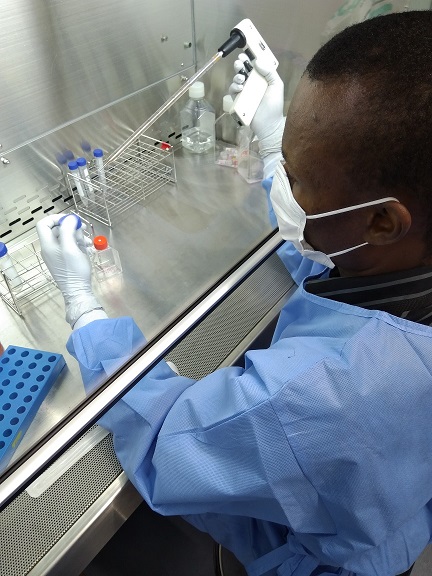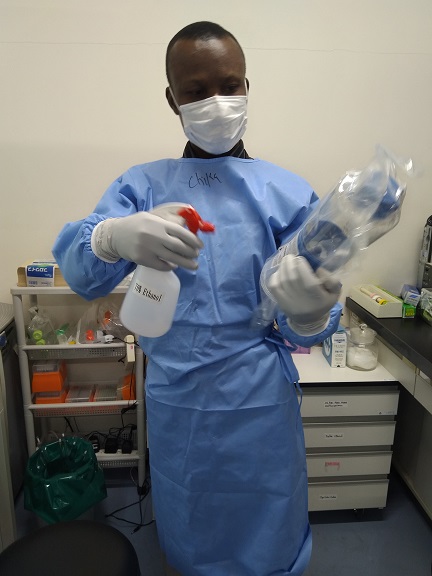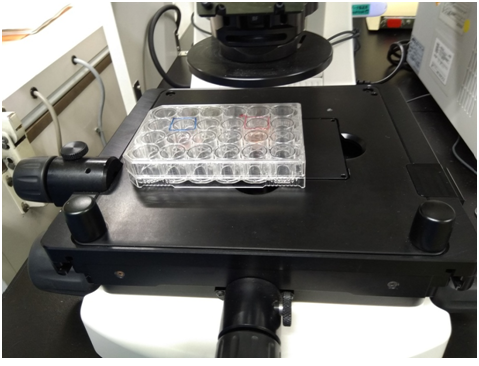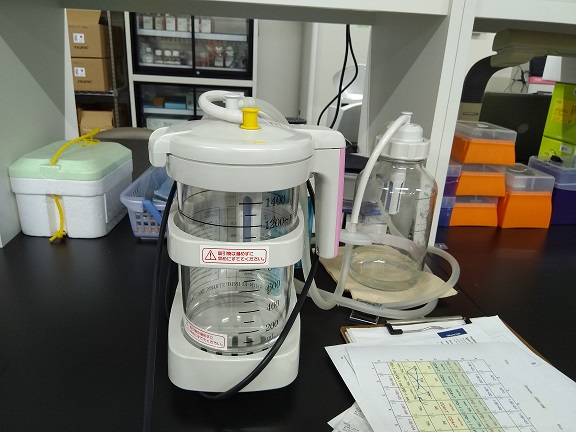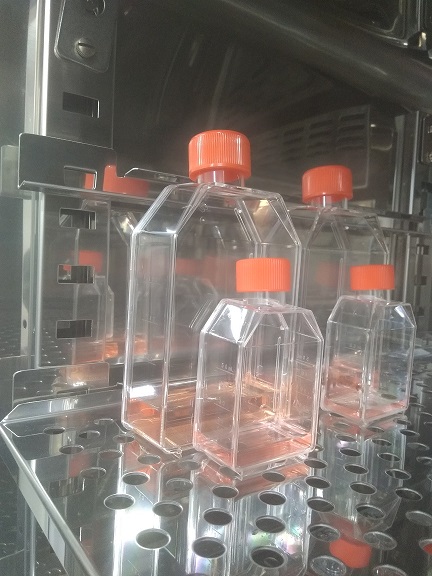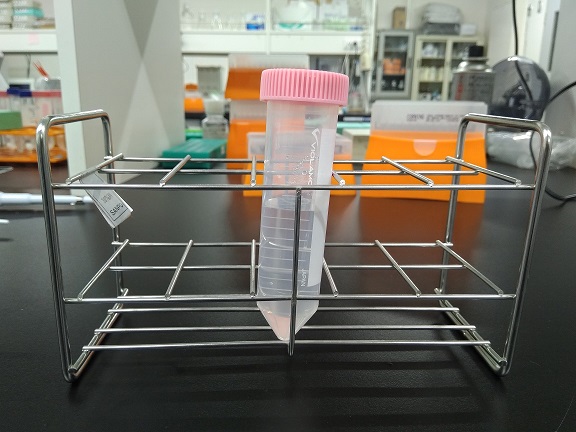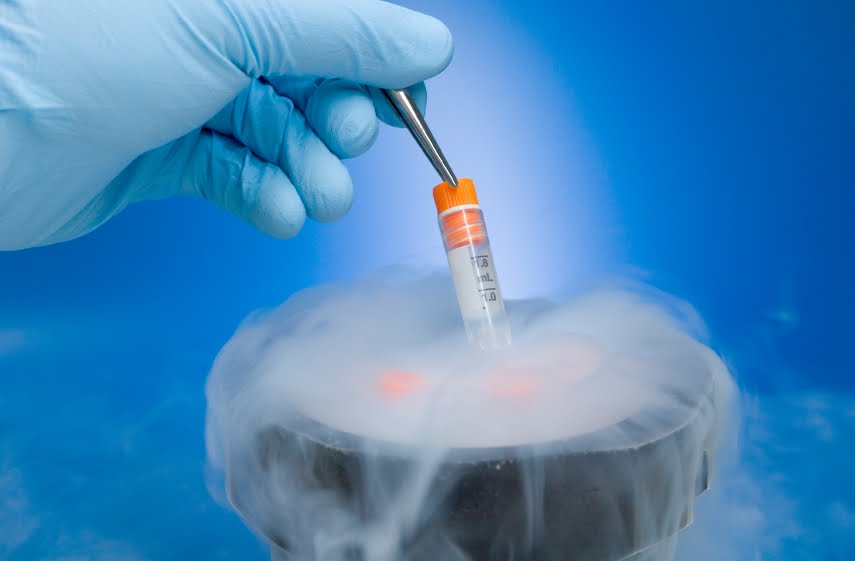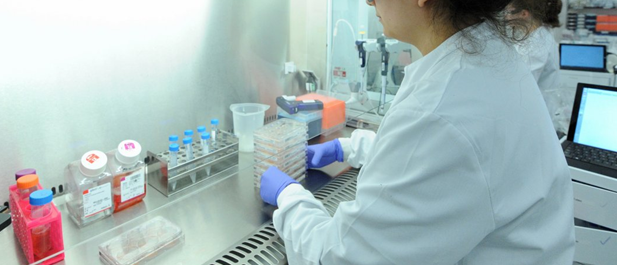The use of laboratory animals including mice, rats, rabbits and primates for scientific/biomedical research is […]
Category: Cell Culture Notes
RATIONALE FOR THE CONTINUED USE OF ANIMALS FOR RESEARCH
Animals including (primates, dogs, cats, rabbits, mice) are still being used to conduct scientific/biomedical research […]
Issues Surrounding the Use of Animals in Scientific Research
Animals such as mice, rats, rabbits, monkeys and primates are used in biomedical research to […]
Advantages & disadvantages of cell culture techniques
ADVANTAGES OF CELL CULTURE TECHNIQUES DISADVANTAGES OF CELL CULTURE TECHNIQUES References Alberts B, Bray D, […]
SAFETY IN THE CELL CULTURE LABORATORY
Safety is paramount in any cell culture laboratory. It protects the researcher from possible contamination […]
APPLICATIONS OF CELL CULTURE TECHNIQUE
Cell culture technique is defined as the process by which prokaryotic, eukaryotic or plant cells […]
USE OF ANTIBIOTICS IN CELL CULTURE LABORATORY
Bacterial contamination of cells was one of the major threats encountered in the culturing of […]
EQUIPMENT USED IN CELL CULTURE LAB
Laminar flow cabinet (hood) The laminar flow biological safety cabinet which can also be called […]
PRECAUTIONS TAKEN TO AVOID CONTAMINATION IN CELL CULTURE
Contamination is a great enemy in the cell culture laboratory. Thus all aseptic techniques must […]
CELL LINES
OVERVIEW OF CELL LINES A cell line is a cell that has undergone mutation and […]
BASIS FOR A SUCCESSFUL CELL CULTURE & AREAS THAT ENCOURAGED CELL CULTURE DEVELOPMENT
Having a cell culture without any form of contamination is paramount in the cell culture […]
CLASSIFICATION/TYPES OF CELL CULTURE
In the cell culture laboratory, there are many cell culture techniques that are routinely engaged […]
TECHNIQUES OF REVIVING MICROBIAL CULTURES
The procedures described below are guidelines of the American Type Culture Collection (ATCC). They are […]
What is a stem cell?
A stem cell is a cell with the unique ability to develop into specialised cell types […]
HISTORICAL PERSPECTIVE OF CELL CULTURE
The history of cell culture cannot be complete without the mention of Henrietta Lacks, whose […]
REASONS FOR DOING CELL CULTURE
Why is cell, tissue or organ culture embarked upon despite the ethical issues surrounding its […]
CELLS THAT CAN BE CULTURED IN VITRO USING CELL CULTURE TECHNIQUE
The living cells that are cultured may include: When a whole organ or intact organ […]
PHYSIOCHEMICAL ENVIRONMENTAL FACTORS THAT AFFECT CELL CULTURE
Cell or tissue culture experimentations should not be carried out in the regular laboratory space […]
Introduction to Cell Culture
Cell culture is the laboratory technique of growing and maintaining the cells of multicellular organisms […]


